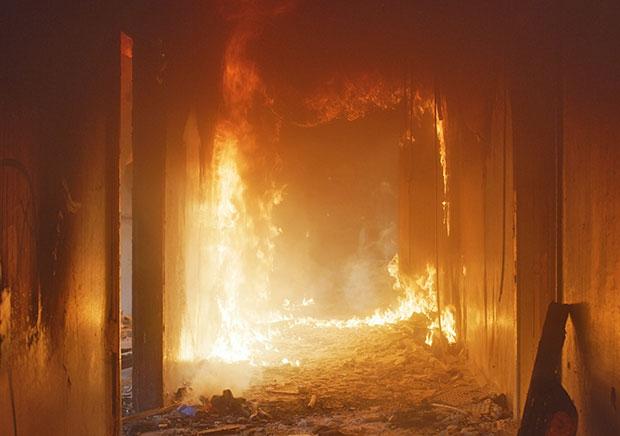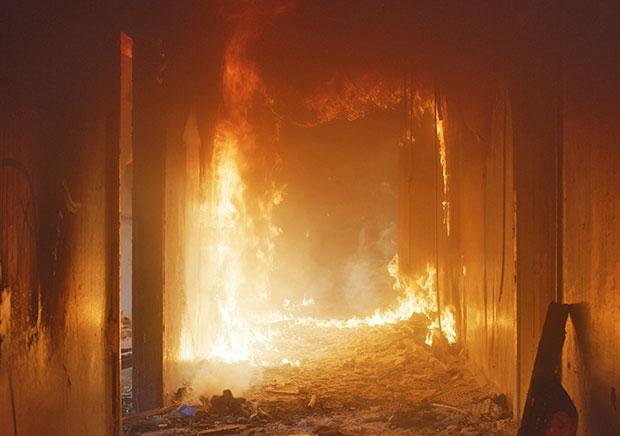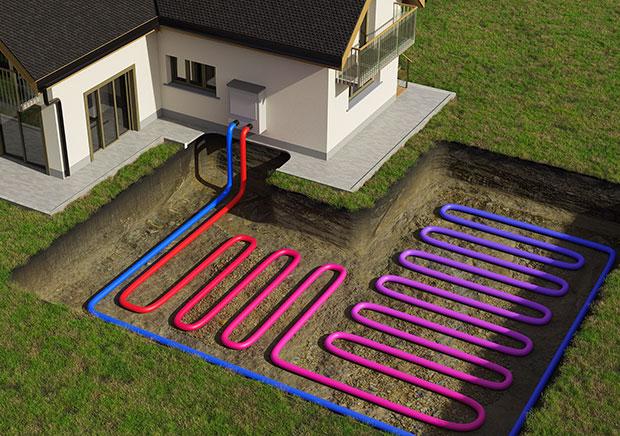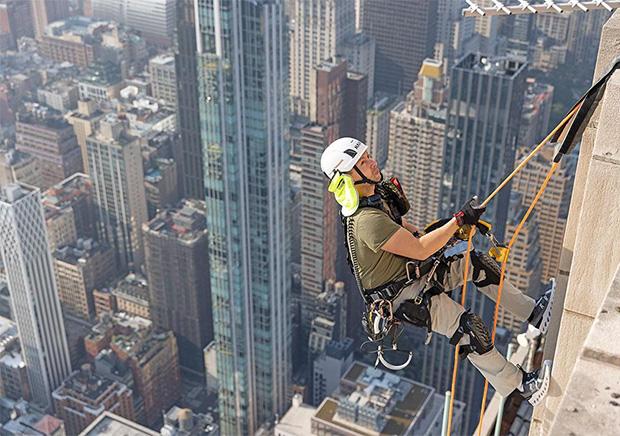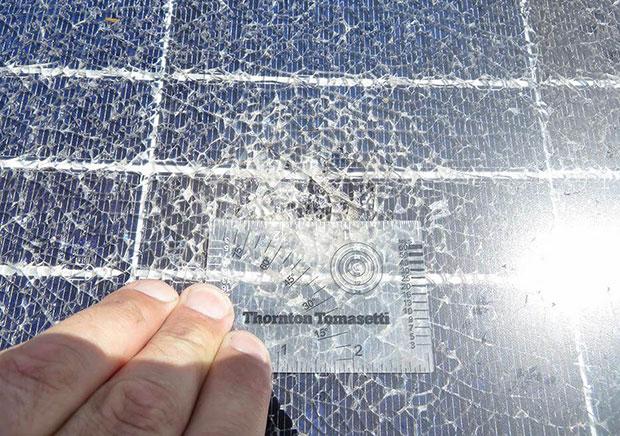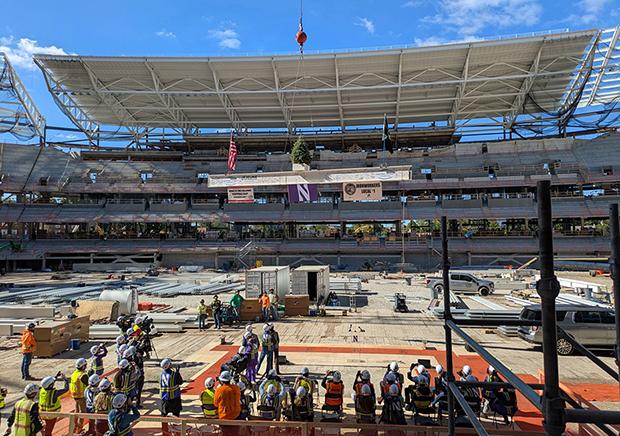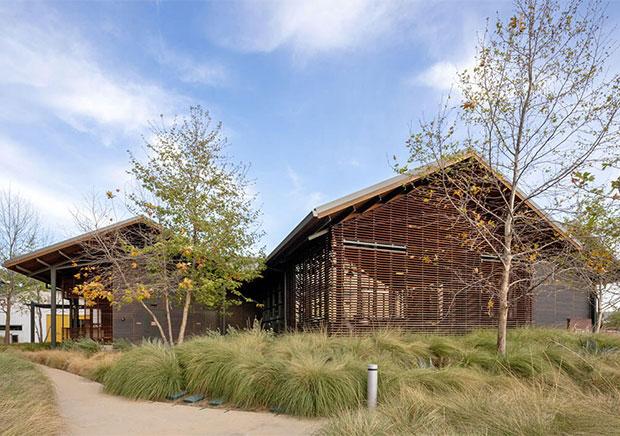News & Resources
Featured
Principal Ali Ashrafi Discusses Fire Forensics for Toronto's Thorncliffe Park Drive FireDecember 11, 2025
A persistent Toronto condo fire is highlighting the risk of hard-to-reach spaces. Principal Ali Ashrafi explains why the Thorncliffe Park Drive fire was so hard to extinguish.
Explore our News & Resources
Principal Ali Ashrafi Discusses Fire Forensics for Toronto's Thorncliffe Park Drive Fire
December 11, 2025
A persistent Toronto condo fire is highlighting the risk of hard-to-reach spaces. Principal Ali Ashrafi explains why the Thorncliffe Park Drive fire was so hard to extinguish.
Decarbonising Off-Grid Homes
November 26, 2025
For off-grid households, resilience isn’t optional – it shapes every decarbonisation decision. Our research with Centre for Regional Economic Social Research, Northern Powergrid and Northern Gas Networks reveals why solutions must balance carbon reduction with comfort, reliability and security.
Decarbonization Road Maps for Cities
November 25, 2025
Thornton Tomasetti’s decarbonization and resilience specialists are providing program implementation and technical assistance to city agencies in San Francisco and Boston to help building owners develop and implement decarbonization road maps.
NYC Updates FISP Rules: New Plan Reduces Sidewalk Sheds and Enhances Façade Safety
November 19, 2025
Thornton Tomasetti’s recommendations are shaping new NYC FISP rules—introducing clearer definitions, a six-year cycle, and expanded use of drones and emerging technologies.
How Hail Affects Roofing Materials
October 30, 2025
Hailstorms cause billions of dollars' worth of damage to roofing systems, with materials like shingles, metal, tile and solar panels facing risks like cracking or denting. Our hailstorm damage forensics team uses advanced tools to assess damage and recommend resilient materials and prompt inspections for effective repairs and insurance claims.
Ryan Field Tops Out
October 23, 2025
The new Ryan Field tops out in Evanston, Illinois, advancing accessible, sustainable and community-centered design for next-generation collegiate venues.
LEED v5 Certification Explained
October 22, 2025
LEED v5 supports green building innovation by focusing on carbon, material reuse and climate resilience.
Thornton Tomasetti Benchmarks NVIDIA’s New Blackwell GPU Using CORE.Matrix
October 14, 2025
The collaboration underscores Thornton Tomasetti’s commitment to advancing computational design and the work of CORE Studio in driving innovation across AEC technology.

